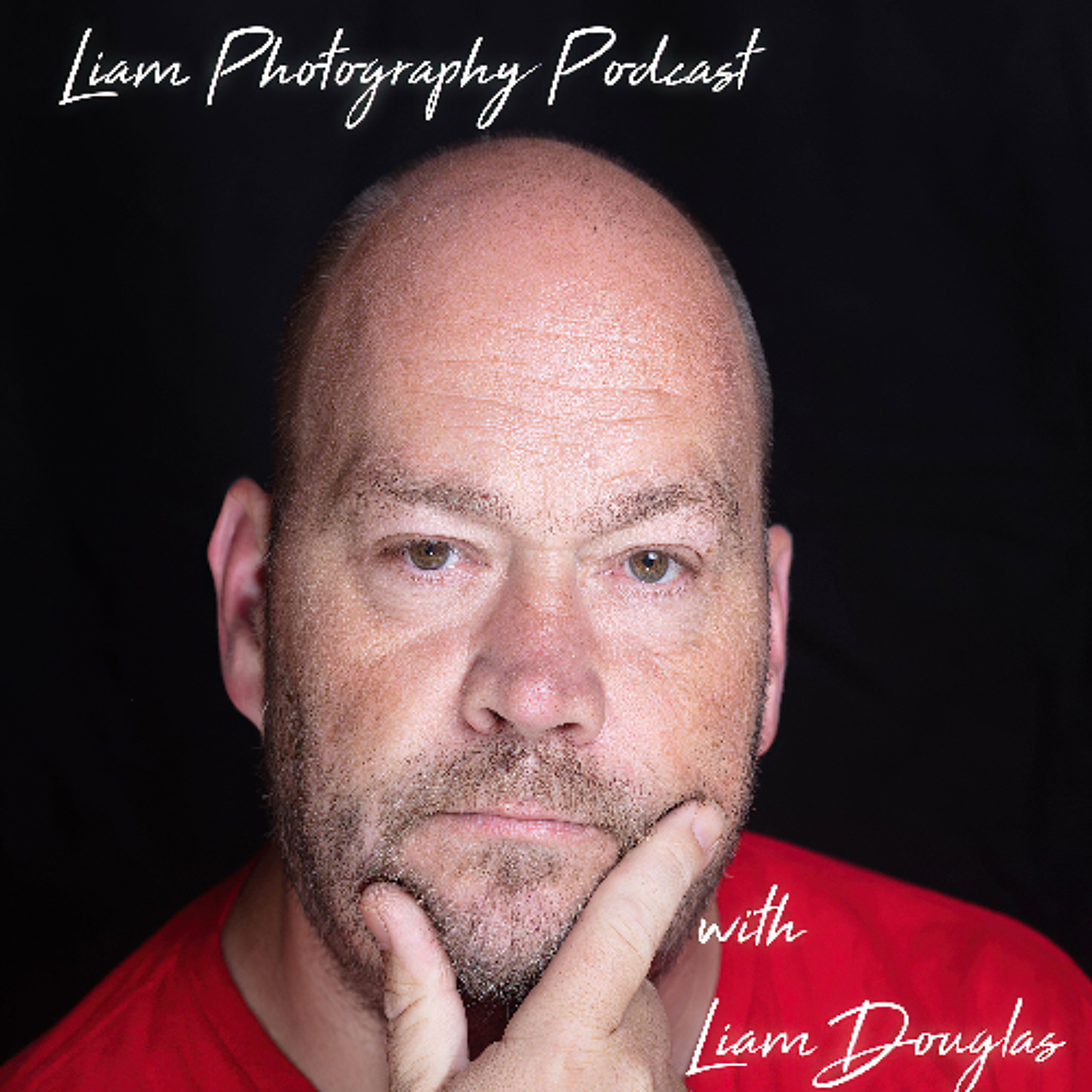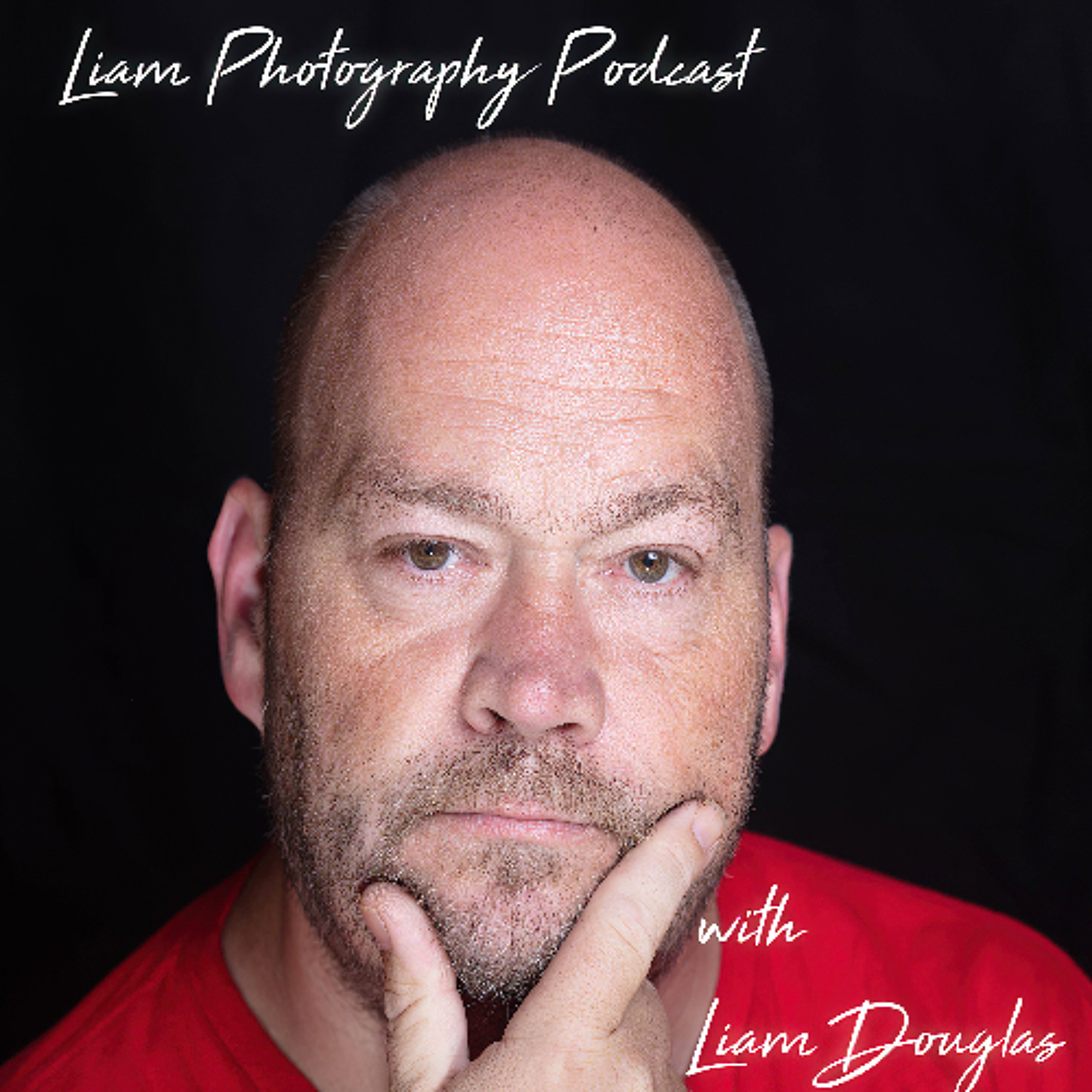Show Notes
Since the beginning of Digital Photography there has been an ongoing argument on which is better RAW or JPEG and it can at times become a heated discussion. I am going to try and explain the differences between the two and the pros and cons of each one.JPEGs are compressed photos, which means your camera looks at all the information it captures via the sensor and only saves the data it deems important and that’s what you get in your finished image file.
What does JPEG stand for? Joint Photographic Experts Group, which is the committee that created the file format. Sometimes you will see this file format abbreviated as JPG.
With JPEG, the file is in it’s modified state so there is no need to process anything. Once you download the file to your hard drive it is ready to open for viewing. The camera also tends to make automatic adjustments, such as color enhancements, saturation, exposure and so on. This format is the standard across all brands of cameras so the images are ready to view and print with no extra work. Because JPEG files are compressed they also tend to take up a lot less disk space than a RAW file, so a JPEG image file might only take up 2MB, where the same file in RAW format might be 10MB or larger. JPEG files, since they are so much smaller they can easily be emailed or uploaded to Social Media sites such as Flickr or Facebook, etc.
The RAW file format doesn’t stand for anything, all it tells you is that the files are unprocessed and exactly as the camera sees the image from the sensor, just like the way your eye sees the scene. If the camera collects 10MB of data, then the file is exactly 10MB in size. What this means is that you can print the image in considerably larger formats that you can with JPEG files. When shooting in RAW, you may need more memory cards when out on a shoot so that you don’t run out of storage capacity during your shoot and you will most likely need an extra, external hard drive to store your images on and to process them from.
A RAW file is in it’s all natural form and as a result, the file needs to be processed by you using special software and this gives you full control over the colors, vibrance, saturation, exposure and so on. RAW files cannot be opened by anything like a JPEG can be and they cannot be easily emailed or uploaded as websites don’t know how to render RAW files and mail servers will not allow those extremely large files to be sent in this format.




Comments & Upvotes